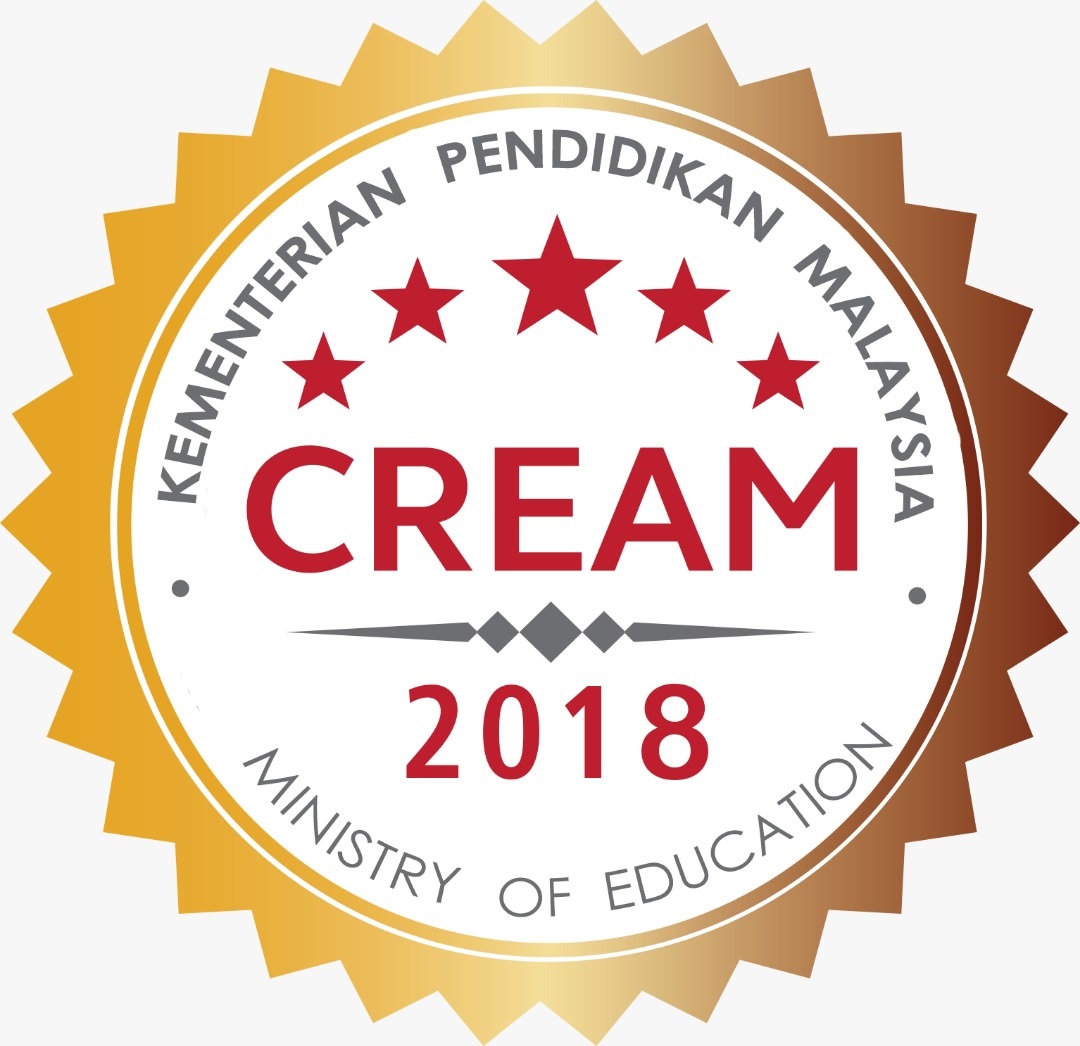Fluid-structure coupling effect on the setting process of expansive downhole emergency packer
DOI:
https://doi.org/10.15282/jmes.19.2.2025.5.0834Keywords:
Emergency, Downhole packer, Fluid-solid coupling, Sealing property, Flow velocityAbstract
A downhole emergency packer is prepared to seal the drill pipe-casing annulus when the high-pressure overflow and kicks occur during offshore drilling. When there exists fluid in the annulus, the increase in fluid pressure during setting increases the difficulty of working and even results in sealing failure. The primary objective of this research is to investigate the influence mechanism of downhole fluid on the setting efficiency, and provide theoretical support for solving such problems under hydrodynamic conditions. In this work, the hyperelastic constitutive model of the rubber cylinder was established through uniaxial tension and uniaxial compression tests. The fluid-structure coupling model was developed by finite element method, to simulate the setting process of the downhole emergency packer and quantitatively evaluate the impact of downhole fluids on setting efficacy. The results revealed that the fluid velocity and pressure increased throughout the setting process while the annular area shrank, raising the setting difficulty. The existence of fluid flow considerably diminished the setting efficacy of the rubber cylinders. The sealing coefficient, K decreased by 7.15%, 11.06%, and 14.41% when the flow velocities from the inlet were 5 m/s, 6 m/s, and 7 m/s, respectively. Therefore, the setting pressure could be increased according to the actual downhole conditions to achieve the actual setting effect safely.
References
[1] M. Bai, A. Shen, L. Meng, J. Zhu, K. Song, “Well completion issues for underground gas storage in oil and gas reservoirs in China,” Journal of Petroleum Science Engineering, vol. 171, pp. 584-591, 2018.
[2] P. Wang, M. Cai, Z. Liu, W. Ma, J. Li, “Research on key technology of packer rubber barrel for integrated fracturing and completion of gas well,” Journal of Petroleum Exploration Production Technology, vol. 14, no. 3, pp. 825-838, 2024.
[3] R. S. Rivlin, “Large elastic deformations of isotropic materials IV: Further developments of the general theory,” Philosophical Transactions of the Royal Society of London. Series A, Mathematical Physical Sciences, vol. 241, no. 835, pp. 379-397, 1948.
[4] M. Mooney, “A theory of large elastic deformation,” Journal of Applied Physics, vol. 11, no. 9, pp. 582-592, 1940.
[5] O. H. Yeoh, “Some forms of the strain energy function for rubber,” Rubber Chemistry Technology, vol. 66, no. 5, pp. 754-771, 1993.
[6] R. W. Ogden, “Large deformation isotropic elasticity–on the correlation of theory and experiment for incompressible rubberlike solids,” Proceedings of the Royal Society of London. A. Mathematical Physical Sciences, vol. 326, no. 1567, pp. 565-584, 1972.
[7] A. N. Gent, “A new constitutive relation for rubber,” Rubber Chemistry and Technology, vol. 69, no. 1, pp. 59-61, 1996.
[8] J. Cui, W. Qiu, S. Huang, T. Sun, Z. Lu, S. Wang, et al., “Mechanical property analysis, simulation and theoretical calculation of silicone rubber joint assembled in HV cable under certain circumstances,” in 2nd International Conference on Electrical Materials and Power Equipment (ICEMPE), pp. 361-367, 2019.
[9] T. Beda,"Modeling hyperelastic behavior of rubber: A novel invariant‐based and a review of constitutive models," Journal of Polymer Science Part B: Polymer Physics, vol. 45, no. 13, pp. 1713-1732, 2007.
[10] V. Shim, L. Yang, C. Lim, P. Law, "A visco‐hyperelastic constitutive model to characterize both tensile and compressive behavior of rubber," Journal of Applied Polymer Science, vol. 92, no. 1, pp. 523-531, 2004.
[11] Y. Liu, L. Qian, J. Zou, C. Xia, Z. Lian, “Study on failure mechanism and sealing performance optimization of compression packer,” Engineering Failure Analysis, vol. 136, p. 106176, 2022.
[12] X. Zheng, B. Li, G. Fei, “Evaluation of sealing performance of a compression packer at high temperature,” Science Progress, vol. 105, no. 1, p. 00368504221079180, 2022.
[13] Y. Liu, Z. Lian, J. Chen, S. Kuang, Y. Mou, Y. Wang, “Design and experimental research on sealing structure for a retrievable packer,” Shock Vibration, vol. 2020, no. 1, p. 7695276, 2020.
[14] P. Fan, Y. Kuang, B. Yang, “A new incremental calculated approach to predict maximum contact stress of compressed packer in large deformation,” Proceedings of the Institution of Mechanical Engineers, Part C: Journal of Mechanical Engineering Science, vol. 236, no. 6, pp. 2918-2930, 2022.
[15] Y. Kang, Z. Long, T. Kang, Z. Ren, T. Shi, X. Zhang, “Adaptability of hydraulic fracturing packers and optimization of their sealing performance for three common clastic rock reservoirs based on finite element analysis,” Frontiers in Earth Science, vol. 10, p. 986344, 2022.
[16] J. Liu, K. Deng, S. Liu, X. Yan, L. Li, D. Zou, et al., “Mechanical behavior and structure optimization of compressed PHP packer rubber,” Journal of Materials Engineering Performance, vol. 30, pp. 3691-3704, 2021.
[17] F. Zhang, X. Jiang, H. Wang, N. Song, J. Chen, J. Duan, “Mechanical analysis of sealing performance for compression packer rubber tube,” Mechanics Industry, vol. 19, no. 3, p. 309, 2018.
[18] X. Zheng, B. Li, “Study on sealing performance of packer rubber based on stress relaxation experiment,” Engineering Failure Analysis, vol. 129, p. 105692, 2021.
[19] B. Alcock, J. K. Jørgensen, “The mechanical properties of a model hydrogenated nitrile butadiene rubber (HNBR) following simulated sweet oil exposure at elevated temperature and pressure,” Polymer Testing, vol. 46, pp. 50-58, 2015.
[20] L. Dong, K. Li, X. Zhu, Z. Li, D. Zhang, Y. Pan, et al., “Study on high temperature sealing behavior of packer rubber tube based on thermal aging experiments,” Engineering Failure Analysis, vol. 108, p. 104321, 2020.
[21] L. Jin, Z. Xue, Z. Wang, R. Li, J. Liu, “Mechanical response of the sealing packer based on two rubber materials at high temperatures,” Polymer Testing, vol. 124, p. 108073, 2023.
[22] E. Burman, M. A. Fernández, S. Frei, F. M. Gerosa, “A mechanically consistent model for fluid–structure interactions with contact including seepage,” Computer Methods in Applied Mechanics Engineering, vol. 392, p. 114637, 2022.
[23] J. Wu, L. Li, “Influence of ambient pressure on sealing performance of O-ring in deep-sea hydraulic system,” Ocean Engineering, vol. 245, p. 110440, 2022.
[24] B. Yang, R. Salant, “Elastohydrodynamic lubrication simulation of O-ring and U-cup hydraulic seals,” Proceedings of the Institution of Mechanical Engineers, Part J: Journal of Engineering Tribology, vol. 225, no. 7, pp. 603-610, 2011.
[25] C. Wen, A. Yang, L. Tseng, W. Tsai, “Flow analysis of a ribbed helix lip seal with consideration of fluid–structure interaction,” Computers fluids, vol. 40, no. 1, pp. 324-332, 2011.
[26] Y. Ran, Q. He, W. Huang, Y. Liu, Y. Wang, “Analysis of the coupling mechanism of the dynamic response and mechanical-thermal deformation in mechanical seals,” Tribology International, vol. 192, p. 109257, 2024.
[27] C. Xiang, F. Guo, X. Liu, Y. Chen, X. Jia, Y. Wang, “Numerical algorithm for fluid–solid coupling in reciprocating rod seals,” Tribology International, vol. 143, p. 106078, 2020.
[28] J. Wei, Y. Xue, J. Tian, F. Guo, “Study on the prediction of high-speed rotary lip seal wear in aero-engine based on heat-fluid-solid coupling,” Industrial Lubrication Tribology, vol. 76, no. 2, pp. 167-177, 2024.
[29] J. Angerhausen, H. Murrenhoff, B. N. Persson, L. Dorogin, M. Scaraggi, “Finite element based transient elastohydrodynamic simulation of translational hydraulic seals,” International Journal of Fluid Power, pp. 1-26, 2019.
[30] J. Yan, Z. Zhang, J. Man, J. Sun, R. Zhen, X.-a. Liu, “Parameter Identification of the Mooney–Rivlin Model for Rubber Mounts Subject to Multiaxial Load,” Journal of Vibration Engineering Technologies, vol. 13, no. 1, pp. 1-17, 2025.
[31] G. Hu, P. Zhang, G. Wang, M. Zhang, M. Li, “The influence of rubber material on sealing performance of packing element in compression packer,” Journal of Natural Gas Science Engineering, vol. 38, pp. 120-138, 2017.
[32] S. Hwang, A. Khayyer, H. Gotoh, J. Park, “Development of a fully Lagrangian MPS-based coupled method for simulation of fluid–structure interaction problems,” Journal of Fluids Structures, vol. 50, pp. 497-511, 2014.
[33] J. Hu, X. Ning, S. Sun, F. Li, J. Ma, W. Zhang, “Fluid-structure coupled analysis of flow-induced vibrations in three dimensional elastic hydrofoils,” Marine Structures, vol. 84, p. 103220, 2022.
[34] G. Hu, M. Wang, G. Wang, T. Zhu, L. Wei, “Sealing performance and failure mechanism analysis of packing unit used in rotary blowout preventer for under-balanced drilling,” Engineering Failure Analysis, vol. 129, p. 105654, 2021.
[35] G. Hu, G. Wang, M. Li, X. He, W. Wu, “Study on sealing capacity of packing element in compression packer,” Journal of the Brazilian Society of Mechanical Sciences Engineering, vol. 40, pp. 1-9, 2018.
Downloads
Published
Issue
Section
License
Copyright (c) 2025 The Author(s)

This work is licensed under a Creative Commons Attribution-NonCommercial 4.0 International License.






